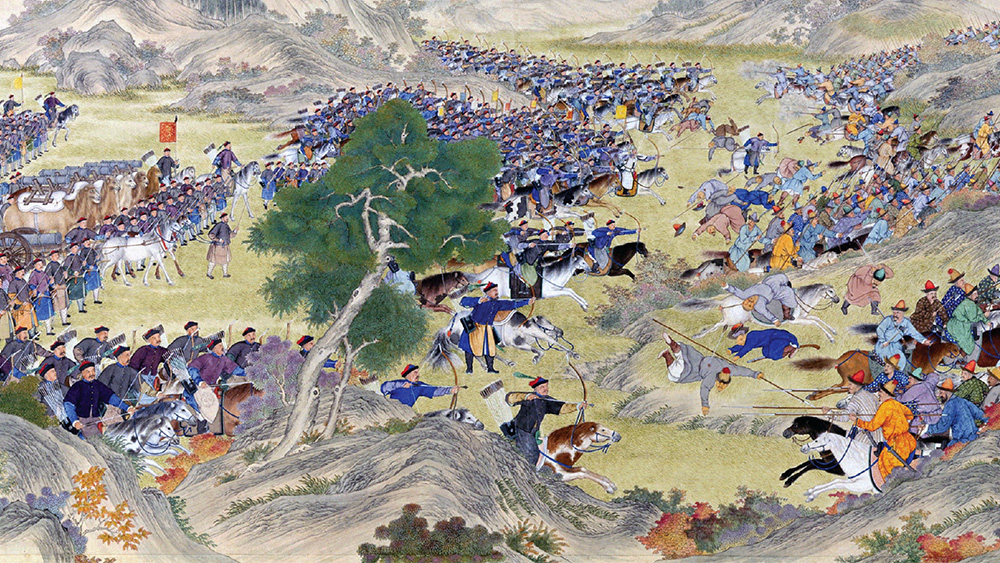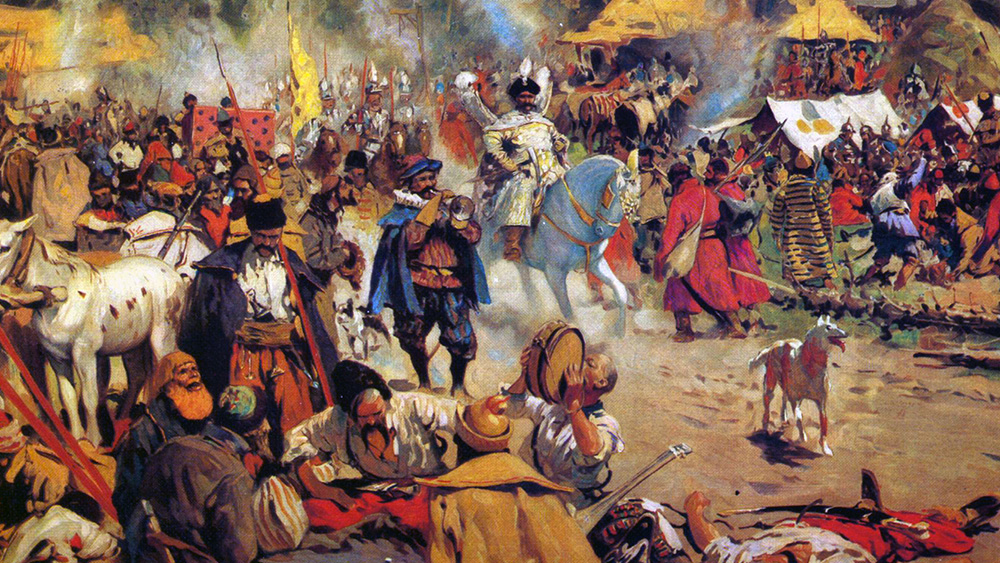Unit 3: Land-Based Empires
c. 1450 to 1750 CEThe bigger an empire gets, the more difficult it is to rule. How did the colossal land empires of the early modern period conquer and maintain their territories? Explore the expansion of empires and the administrative and religious systems used to control them.

Lesson 3.0
Land-Based Empires
Large, multicultural Eurasian empires emerged from the collapse of the Mongol Empire. Rulers used different strategies to centralize authority and maintain control over diverse populations, ensuring stability and avoiding unrest.

Lesson 3.1
Empires Expand
Land-based empires ruled vast, diverse Afro-Eurasian regions. Let’s explore how they expanded their empires and secured relative obedience from large, multicultural populations.

Lesson 3.2
Empires: Administration
From the fifteenth to eighteenth centuries, land-based empires consolidated power by collecting revenue, building militaries, and using culture and religion to maintain control over diverse populations.

Lesson 3.3
Empires: Belief Systems
Early modern rulers used shared beliefs to unify empires. Let’s examine how religious changes impacted Afro-Eurasian empires from 1450 to 1750 CE.

Lesson 3.4
Comparison in Land-Based Empires
Compare how empires expanded their influence from 1450 to 1750 CE. Analyze evidence and create arguments evaluating government responses to increased foreign trade during this period.
 Teaching This Unit
Teaching This Unit
Unit 3 Vocab
Key Unit 3 vocabulary words and definitions.

Three-Step Reading Worksheet
Analyze text at three different levels to develop a deeper understanding.

Reading Overview
Reading strategies to help students dig into a variety of texts.

Historical Thinking Skills Guide
Develop the skills needed to analyze history and think like a historian.

Assessment Guide
Learn about OER Project’s approach to assessment.

Unit 3 Teaching Guides
All the lesson guides you need in one place.